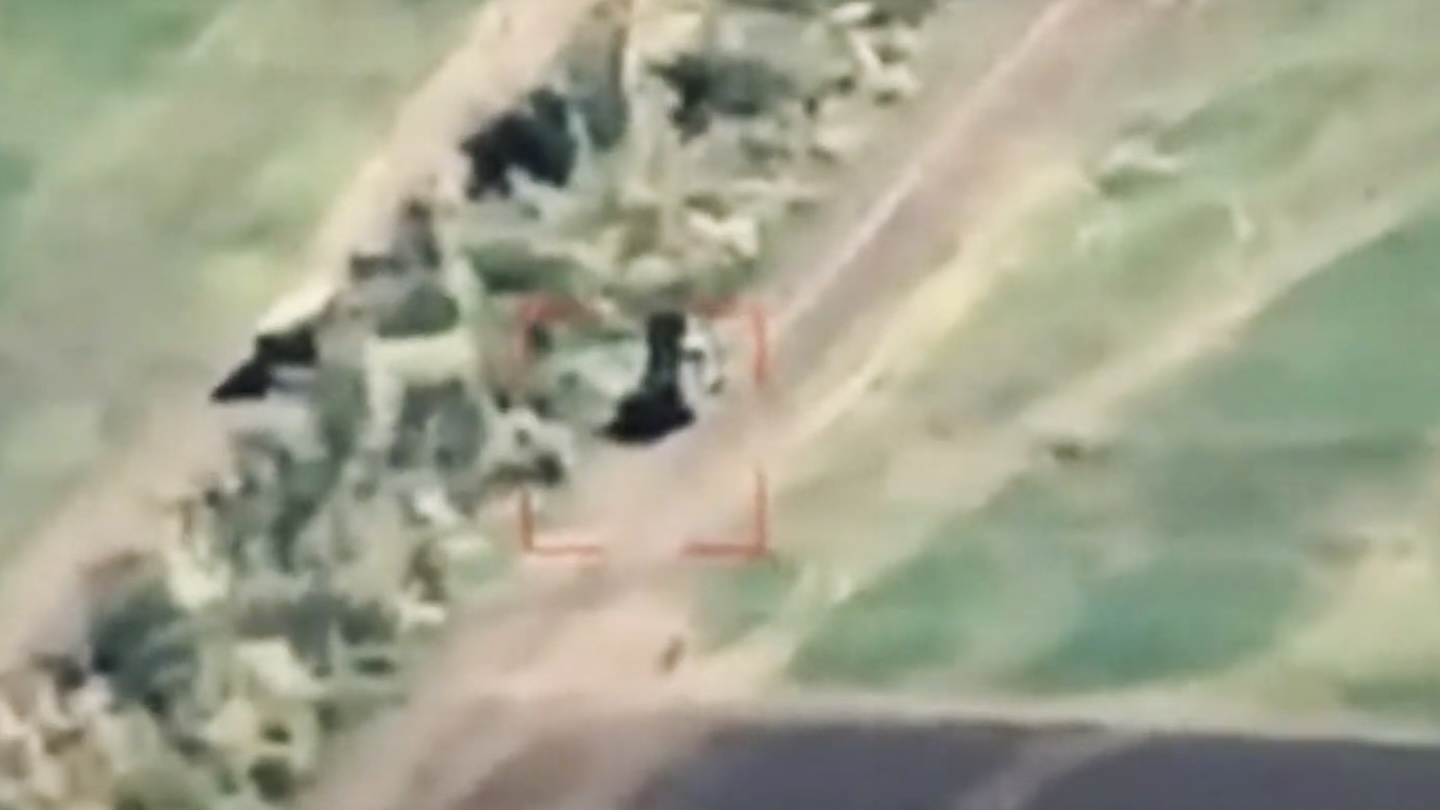Ukraine appears to have destroyed the first example of Russia’s S-350 Vityaz ground-based air defense system since the start of the Kremlin’s full-scale invasion. The S-350 is one of Russia’s most advanced surface-to-air missile systems and has only been rarely seen deployed in the conflict.
A surveillance drone video released by a Ukrainian Armed Forces artillery reconnaissance brigade, named Chornyi Lis (Black Forest), shows the demise of the S-350 transporter-erector-launcher (TEL) vehicle, purportedly in the Donetsk region of eastern Ukraine.

The video shows a column of Russian vehicles alongside a tree line, before showing the moment of impact on the isolated TEL — the cluster of launch tubes in the upright position, ready to fire means it’s not easily confused with any other Russian system. Meanwhile, the explosion and subsequent shockwave are broadly consistent with that of a M142 High Mobility Artillery Rocket System, or HIMARS, although this is just one possibility. The date of the engagement is not specified, but the presence of plenty of green foliage suggests it could pre-date this winter.
Video of an earlier HIMARS strike against a Russian air defense system — this time an S-300/S-400 series system — that emerged last summer:
“Thanks to the skilled actions of the reconnaissance troops of the Chornyi Lis artillery reconnaissance brigade, we were able to detect and destroy the latest Russian S-350 Vityaz medium- and short-range surface-to-air missile system,” the unit stated.
As we have discussed in the past, the S-350 system — developed by the Almaz-Antey company — is made up of different mobile components, including the 50P6 TELs and the very similar 50P6T launcher/loader vehicle, as well as the 50N6A passively electronically scanned array radar, and the 50K6A command post.
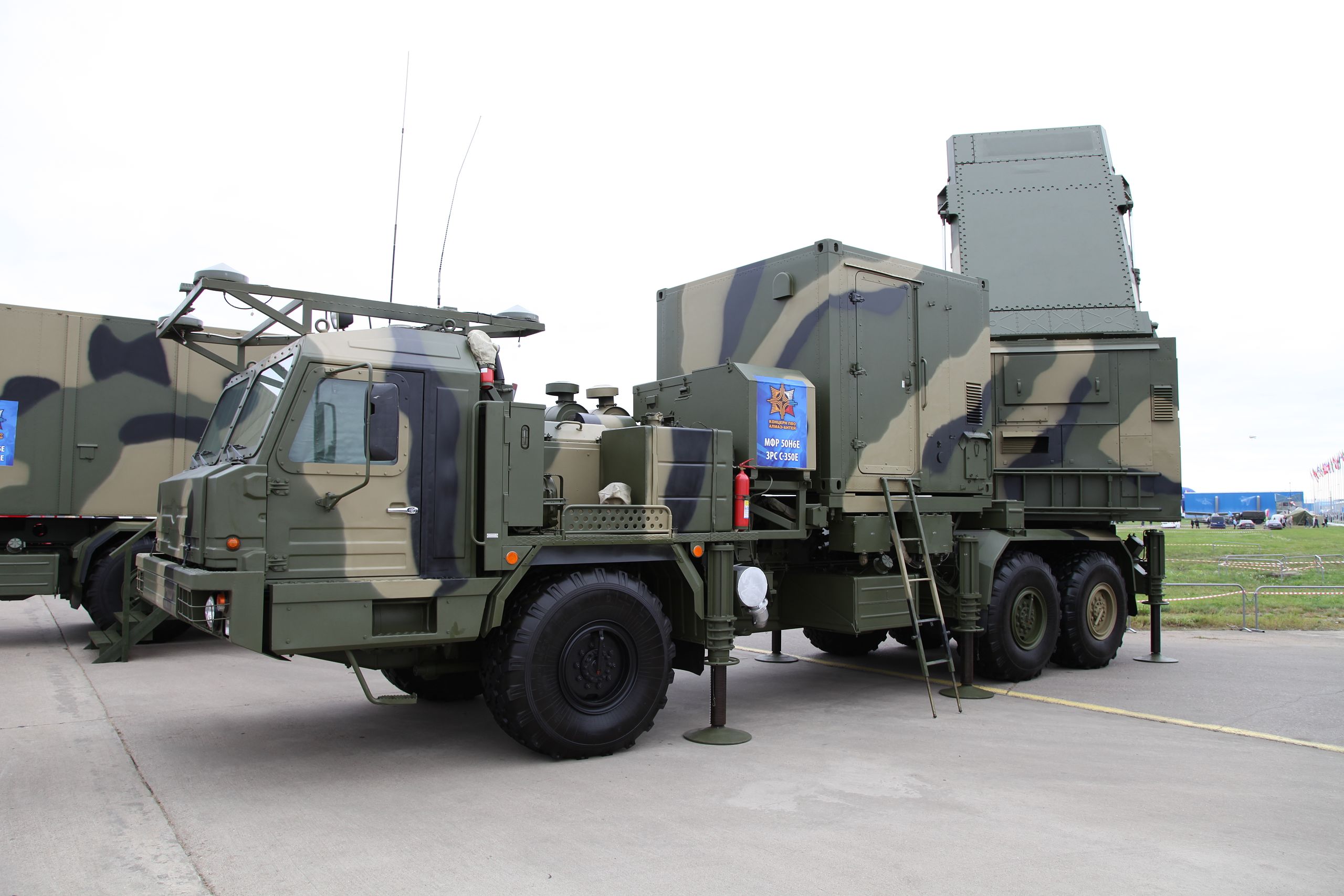
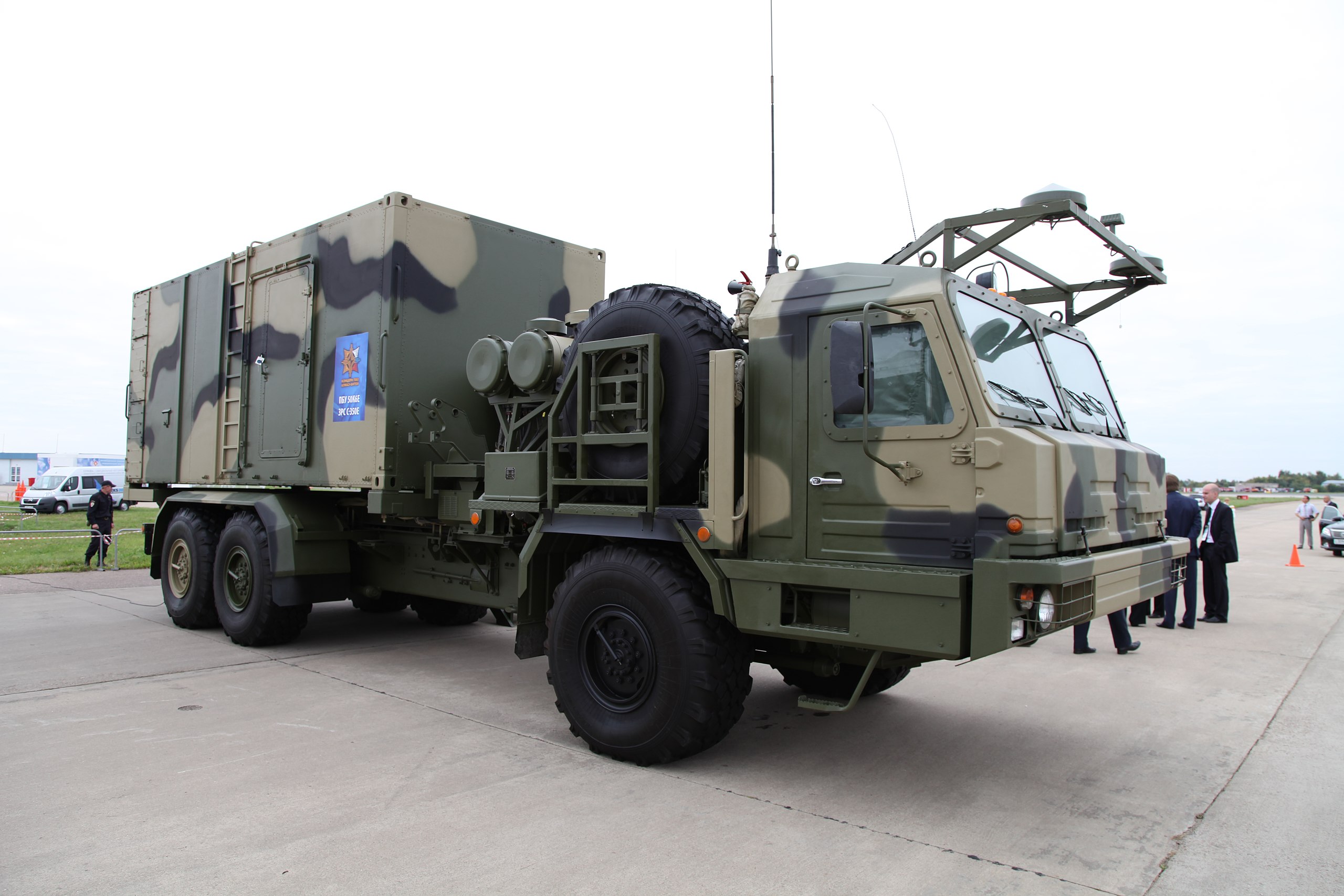
The primary missiles fired by the S-350 are from the 9M96 series, which can also be used by the long-range S-400 air defense system. The basic 9M96 has a range of only around 18 miles, while the extended-range 9M96D can reach targets at 75 miles, with unconfirmed reports suggesting it could perhaps have a range as far as 90 miles.
Each of the 50P6 series launchers can carry 12 of the 9M96 series missiles. Shorter-range 9M100 missiles are also planned to be integrated, these being intended for point defense out to a range of between around six and nine miles. Expected to be carried in much larger numbers on each launch vehicle, it is unclear if these have actually been fielded yet.
The S-350, which reportedly began serial production in 2019, and entered service in early 2020, is designed to tackle aircraft, drones, and cruise missiles, as well as ballistic missile targets in limited situations. Reportedly, the S-350 can detect and track up to 40 targets simultaneously while engaging eight of them with two missiles per target.
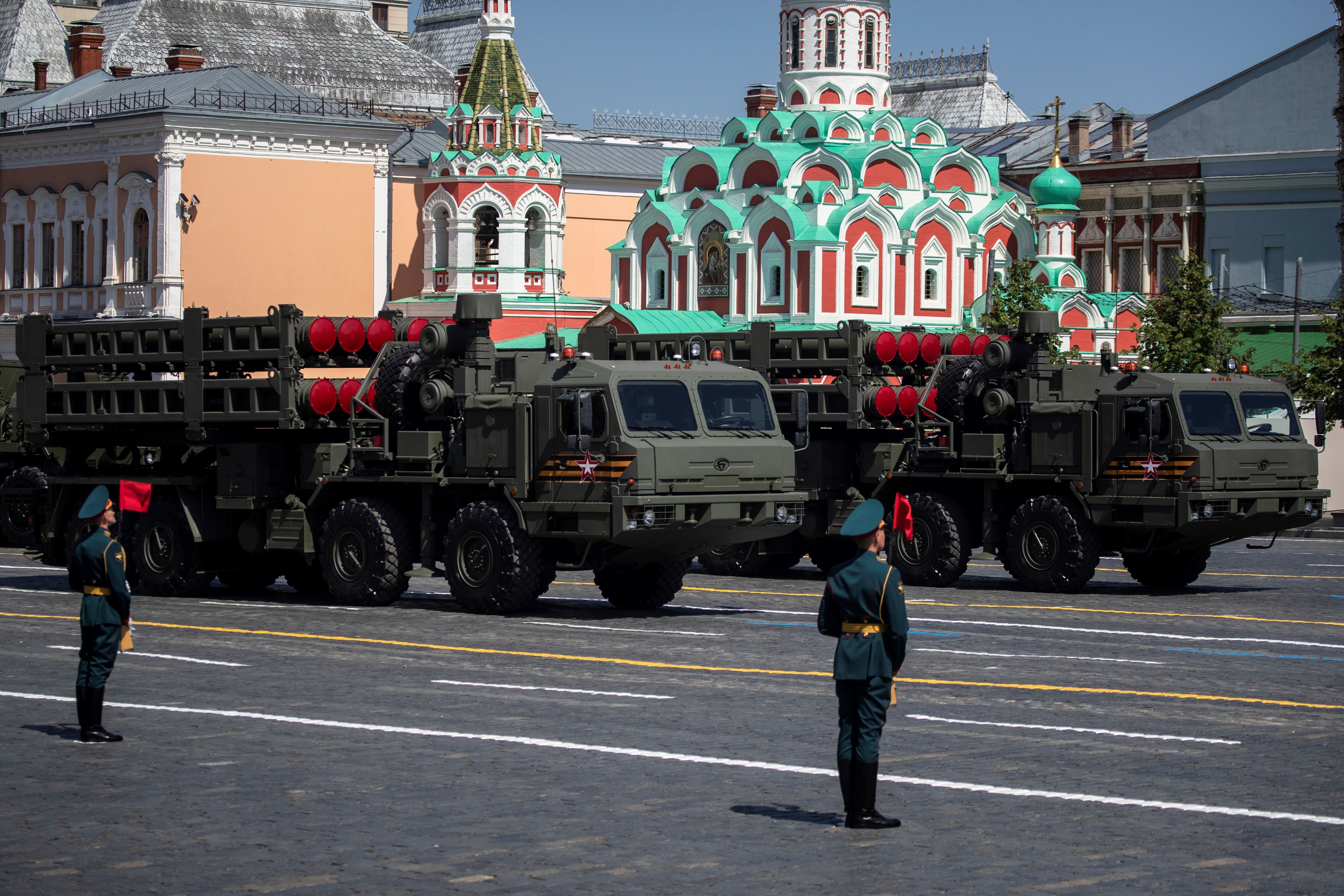
The S-350 was developed with an intent to replace the Cold War-era S-300P series system, an aging weapon that has been employed by Ukraine and Russia in the current conflict. While sharing a high-mobility wheeled chassis like the S-300, the S-350 is altogether more versatile. With the ability to fire missiles optimized for long/medium-range engagements as well as for point defense — at least in its definitive form — the S-350 can cover the same kind of target sets as the S-300 and the Pantsir short-range air defense system (SHORADS).
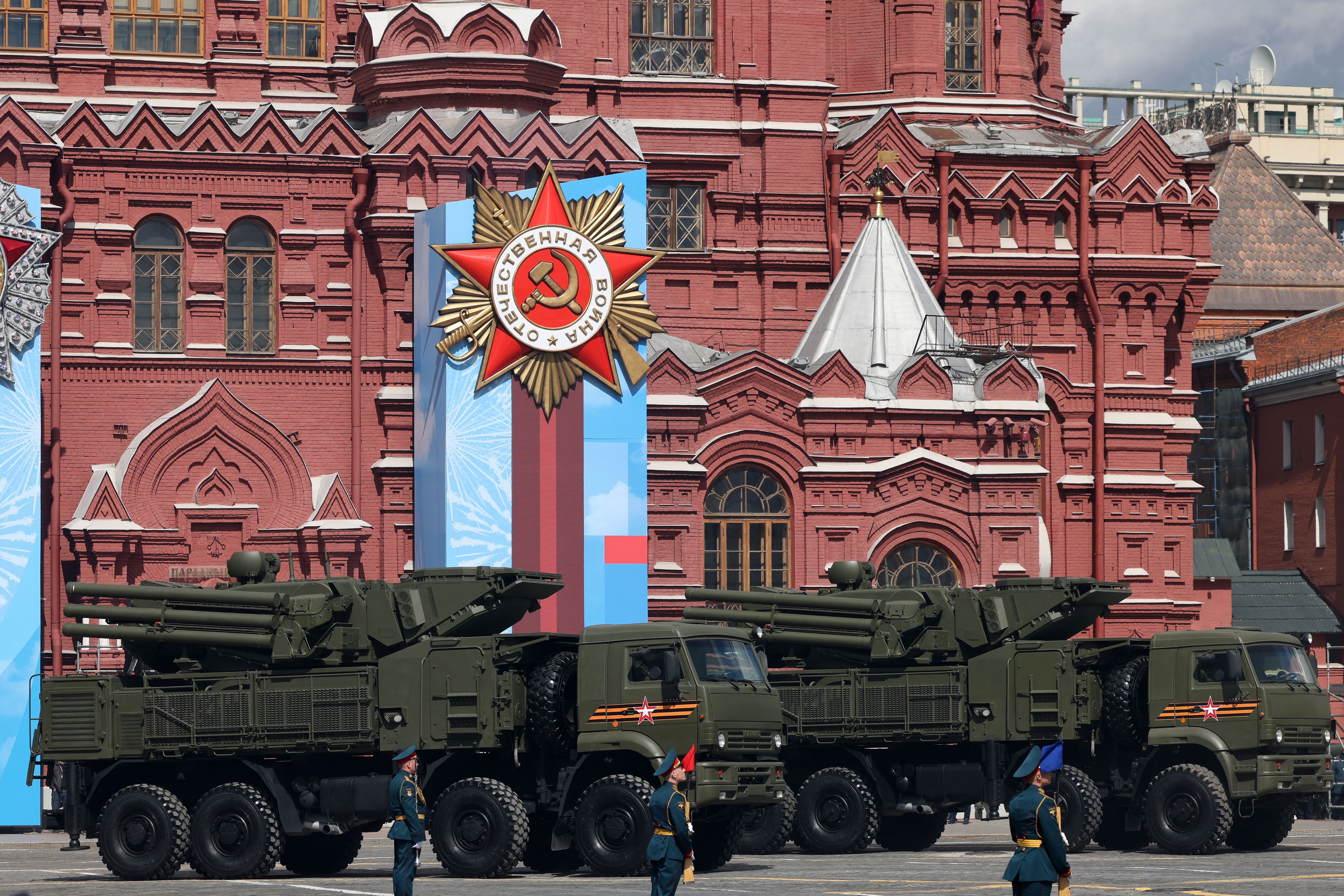
In a previous interview with TWZ, Dmitry Stefanovich, a research fellow at the Center for International Security, IMEMO RAS, provided his assessment of the advantages offered by the S-350:
“Their main asset is the increased number of relatively simpler missiles per launcher, which makes it a good tool against salvo strikes of adversary precision weapons, including cruise missiles, UAVs, and guided MLRS rounds, as well as ballistic missiles,” he explained. “However, there are too few S-350s available due to their somewhat delayed entry into service. Probably the priorities will be shifted now, but in any case, the S-350 has its role in countering adversary precision weapons under any scenario.”
As we reported at the time, the S-350 appears to have made its first appearance in the war in Ukraine when evidence emerged of deployment at an airbase less than 40 miles from the Ukrainian border in August 2022. Elements of an S-350 system were seen in an official Russian Ministry of Defense video depicting operations by Su-25 Frogfoot attack aircraft at Taganrog Air Base, near the port city of the same name in the Rostov region of western Russia.
It remains possible that the S-350 was deployed at Taganrog Air Base during some kind of combat trials.
However, by early 2024, there was evidence that the S-350 was also being used on the battlefield within Ukraine’s borders.
In February 2024, a video emerged showing a knocked-out 50P6 TEL, which is said to have accidentally been driven into a Russian minefield. The level of damage meant that its crew abandoned it, in an incident that reportedly occurred in the Luhansk region of eastern Ukraine.
Employment of the S-350 on or close to the front lines is something that we had predicted when the system first appeared at Taganrog. The appearance of this very modern system reflects the continued challenge posed by Ukrainian drones, missiles and guided bombs — as well as crewed aircraft — over the battlefield, with the Russian Armed Forces still incapable of gaining air superiority nearly three years after the full-scale invasion was launched.
Unlike the tracked S-300V and Buk series, for example — the older S-300P doesn’t offer the same level of mobility when operating off-road, especially in the snow and mud of the Ukrainian winter. The S-350 is more mobile and better suited to frontline operations than its predecessor.
At the same time, there have been unverified reports from Ukraine suggesting that the S-350 has been pushed toward the front lines to make up for deficiencies in the Pantsir, which has also suffered notably heavy losses — at least 27 examples have been lost, according to the Oryx open-source tracking group. However, many more have likely been lost because Oryx only tabulates losses for which it has visual confirmation.

With that in mind, anything that can further extend Russian air defense coverage — especially against drone and missile threats — is to be welcomed by the Russian Armed Forces. However, with the slow rate of S-350 production — almost certainly hampered by international sanctions — and the unclear status of the new 9M100 missiles, the impact that the system will have on the battlefield will likely be fairly limited, for now.
Contact the author: thomas@thewarzone.com
